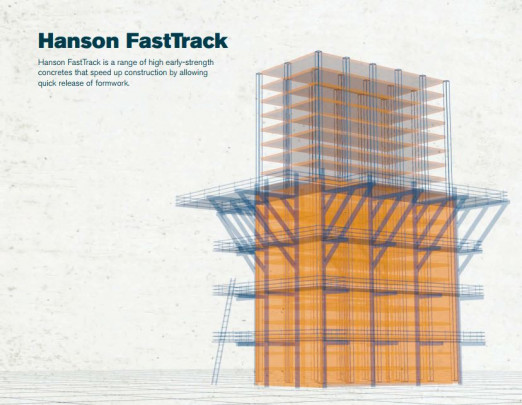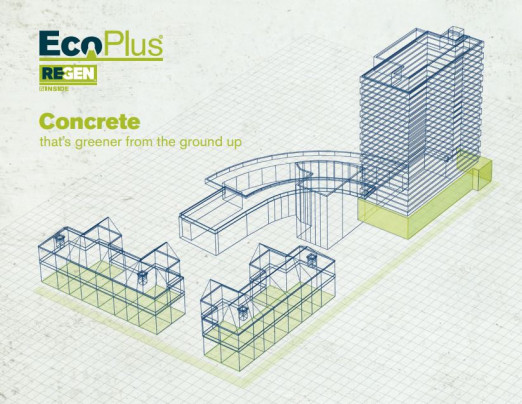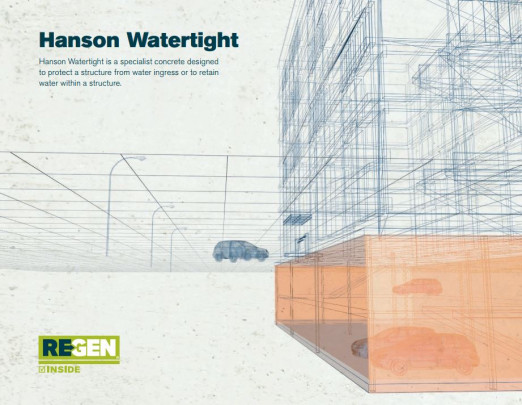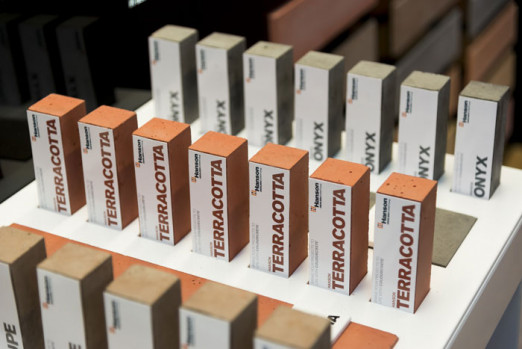UK roads built before 1980, or surface dressed before the late 1980s, are likely to contain tar, a potentially hazardous material.
There are special restrictions on the disposal of materials containing tar and they cannot generally be recycled. Hanson Contracting completed a project on the A66 at Little Burdon, near Darlington, in which 10,000 tonnes of tar bound planings were recycled back into the carriageway in a foamix material.
Tar was widely used on UK roads as a binder in macadams, a grout in handpitched road construction and as a surface dressing binder.
Reconstructing or resurfacing these older roads takes special care to check the attributes of the waste arising, particularly when deep planning is required.
Materials containing tar are classed as hazardous/special wastes and cannot generally be recycled. In some cases, in agreement with the Environment Agency, tar bound planings can be reused through in-situ cold processes.
On the A66, Hanson Contracting used a foamix process to expand the bitumen with small amounts of water under carefully controlled conditions. The foamed bitumen is then mixed with cold, moist aggregates and provides a strong adhesive binder system that enables the use of a wide range of recycled aggregates. This method produces cold mixes that are often as strong after curing as hot mixes.
The A66 project involved planing out 20,000 tonnes of non-hazardous materials in addition to the 10,000 tonnes of tar bound asphalt. The package for planing, transport, recycling and supply of foamix was given to one contractor – Roadstone Aggregates Limited – which meant planning, programming of work and site liaison were simplified.
Planing of the existing road surface and the required step details was carried out first to remove the non-hazardous layers, followed by planing of the tar bound asphalt.
Material from both operations was taken to a recycling facility adjacent to the site where non-hazardous planings were screened, recycled and sold into the general market. The hazardous material was stockpiled separately, crushed, screened and incorporated into the foamix.
Adrian Hadley, head of technical for Hanson Asphalt, Contracting and Aggregates, said: “Having the facility close to the site meant there was a major reduction in vehicle movements, while recycling the tar bound planings saved bringing in virgin aggregate."
“The need to work closely with clients is essential on projects like these where tar bound materials are present. Leaving the material in place was not an option on this contract but, by using a suitably permitted facility, we were able to provide a costeffective and sustainable solution to a potentially difficult problem.” Hadley said.
Client: Highways Agency
Quantity: Nearly 10,000 tonnes





